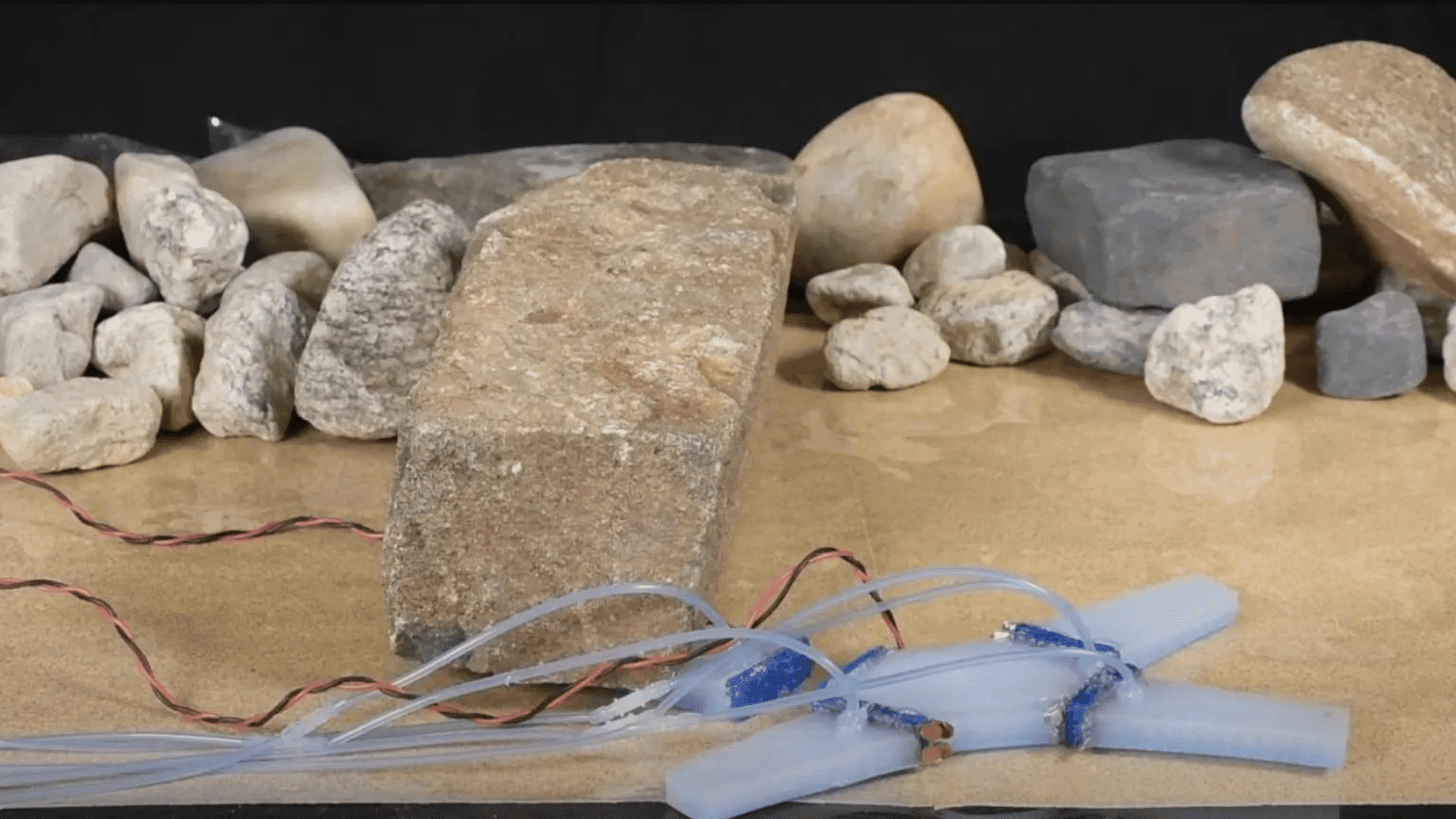In another case of technology being inspired by nature, roboticists at The Faboratory at Yale University have developed a way for soft robots to replicate animals and insects by self-amputating a limb or building bridges by temporarily fusing their bodies.

In one of the demo videos, a soft quadruped robot crawls when a falling rock traps its back leg. The reversible joint attaching the leg is heated with current, allowing the robot to break free of its leg and escape, after which the joint could be reattached.
Another video released by the team shows a single crawler robot that’s originally unable to cross the gap between tables. Three robots are then fused together using joints that have been heated and softened by electric current, which allows them to cross the chasm as one unit.
According to Spectrum IEEE, although these capabilities aren’t entirely new to the robotics industry, existing systems are more rigid because they’re based on mechanical connections and magnets.
The robots are standard soft-bodied silicon and use asymmetrically stiff air chambers that inflate and deflate (using a tethered pump and valves) to generate a walking or crawling motion. The innovative nature of this system is contained within the joints, which were created using a material called a bicontinuous thermoplastic foam to form a supportive structure for a sticky polymer that can be easily melted.
The BTF prevents the polymer from running everywhere when it melts. It also allows you to pull two BTF surfaces apart by melting the joint and sticking them together again by reversing the procedure, which takes approximately 10 minutes. The process could be replicated successfully a couple hundred times and even withstand dirt and water.
The roboticists described their work in a paper, “Self-Amputating and Interfusing Machines,” published in Advanced Materials. They argue that using their techniques might lead to “future robots capable of radical shape-shifting via changes in mass through autotomy and interfusion.”







